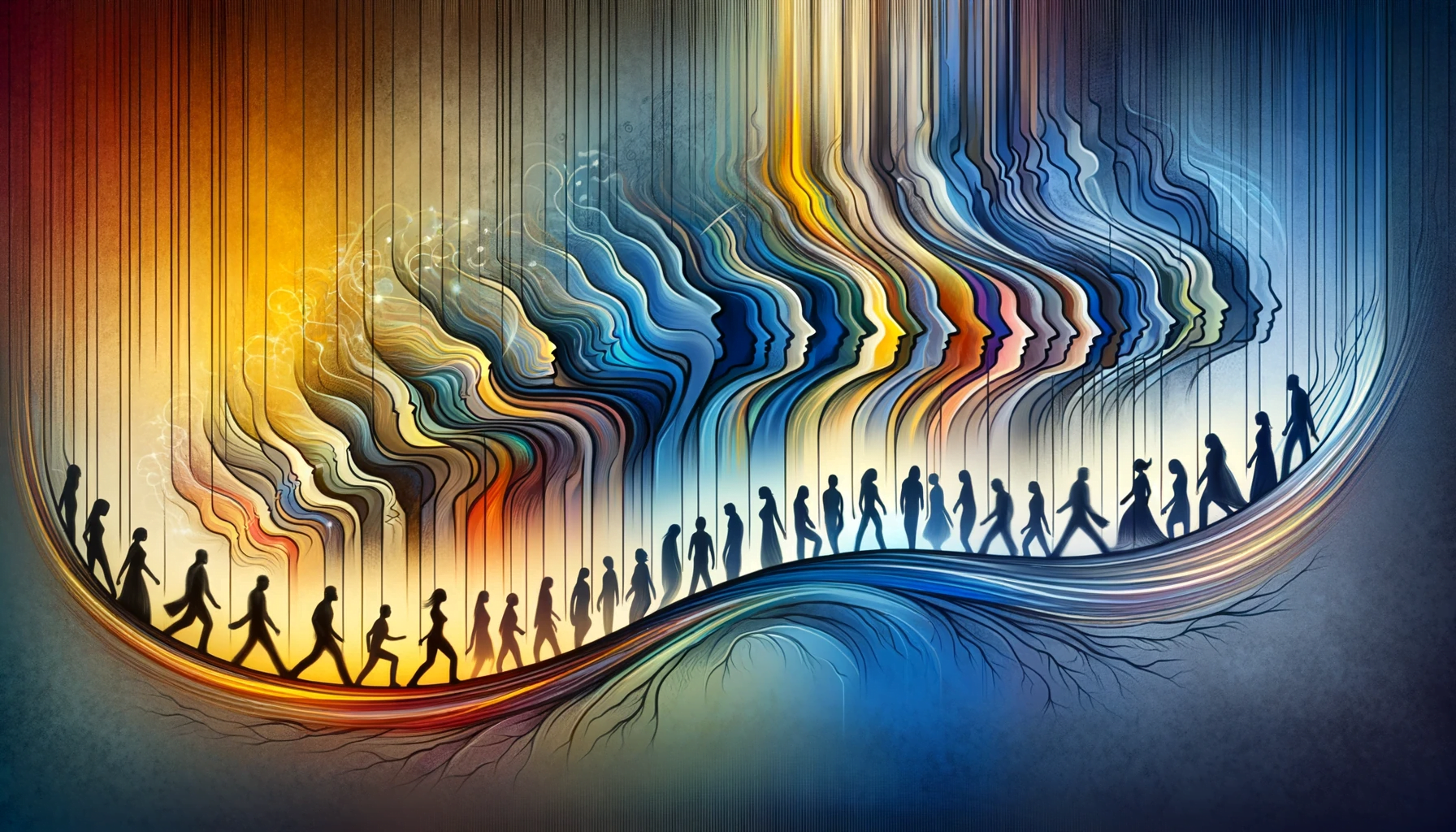Introduction:
Bipolar Disorder, formerly known as manic depression, is a mental health condition characterized by extreme mood swings that include emotional highs (mania or hypomania) and lows (depression). These mood swings can affect sleep, energy, activity, judgment, behavior, and the ability to think clearly. This article aims to explore the nuances of Bipolar Disorder, including its types, symptoms, causes, treatment, and strategies for management.
What is Bipolar Disorder?
Bipolar Disorder is a mental illness marked by significant mood swings including drastic ups (mania/hypomania) and downs (depression). The mood changes can be subtle or extreme, and vary greatly among individuals with the condition. Understanding Bipolar Disorder is crucial for those affected and their loved ones to manage the condition effectively.
Types of Bipolar Disorder:
- Bipolar I Disorder: Defined by manic episodes that last at least 7 days, or by manic symptoms that are so severe that the person needs immediate hospital care. Usually, depressive episodes occur as well, typically lasting at least 2 weeks.
- Bipolar II Disorder: Defined by a pattern of depressive episodes and hypomanic episodes, but not the full-blown manic episodes that are typical of Bipolar I Disorder.
- Cyclothymic Disorder: Defined by periods of hypomanic symptoms as well as periods of depressive symptoms lasting for at least 2 years (1 year in children and adolescents).
Symptoms of Bipolar Disorder:
Symptoms vary depending on the mood swing phase and include:
- Manic phase symptoms: Increased energy, euphoria, poor judgment, rapid speech, racing thoughts, aggressive behavior, agitation or irritation, increased physical activity, risky behavior, spending sprees or unwise financial choices, and insomnia.
- Depressive phase symptoms: Feelings of sadness or hopelessness, loss of interest in most activities, significant weight change, sleep disturbances, fatigue or loss of energy, feelings of worthlessness, recurrent thoughts of death or suicide.
Causes and Risk Factors:
The exact cause of Bipolar Disorder isn’t known, but a combination of genetics, environment, and altered brain structure and chemistry may play a role. Risk factors include a family history of Bipolar Disorder, high-stress levels, and traumatic events.
Treatment and Management:
While Bipolar Disorder is a lifelong condition, you can manage your mood swings and other symptoms by following a treatment plan. In most cases, treatment is guided by a psychiatrist skilled in treating the condition. The main treatments for Bipolar Disorder are:
- Medication: Including mood stabilizers, antipsychotics, and antidepressants.
- Psychotherapy: Such as cognitive behavioral therapy (CBT), family-focused therapy, and psychoeducation.
- Lifestyle Management: Including regular sleep, exercise, and diet.
- Support Groups: Connecting with others facing similar challenges.
The Importance of Support and Understanding:
Support from family and friends is crucial to the treatment process. Understanding the disorder and recognizing the onset of phases can help in managing the symptoms more effectively. Education about the disorder and communication with the healthcare provider are key in managing Bipolar Disorder.
Conclusion:
Bipolar Disorder is a complex and challenging condition, but with the right treatment and support, individuals can manage the symptoms and lead fulfilling lives. It is important for individuals with Bipolar Disorder and their loved ones to educate themselves about the disorder and continuously seek out strategies for effective management.

